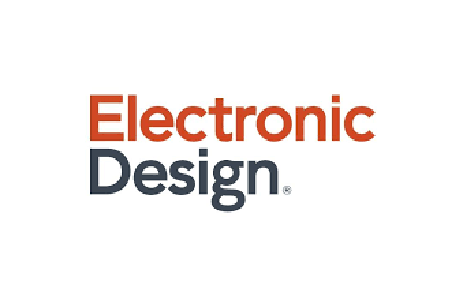
First introduced in 2007, the VPX (VITA 46/48) board and backplane standard quickly became established as the next-generation replacement for the venerable VMEbus. Upon its introduction, VME was itself almost 25 years old and recognized as the de facto standard for backplane-based systems designed for aerospace, defense, and industrial applications. More-demanding emerging applications, though, required support for serial fabrics, distributed, scalable compute architectures, and much greater data rates beyond VME’s pin-based connector’s capabilities. As a result, the VITA community came together to define a next-generation open standard based on the higher-bandwidth, wafer-style connector. The success of the resulting VPX standard stemmed from VITA’s approach for defining new open architectures through a consortium whose contributors include COTS vendors, prime contractors, and government.
It took nearly a quarter of a century for VME to hit the performance ceiling that led to the development of VPX. Today, technology and application requirements are accelerating at an even faster rate. In less than 10 years, we’ve seen a leap from VME’s 3-Gbaud maximum throughput to VPX’s current support for10 Gbaud and beyond.
The speed of VPX is more than sufficient to handle today’s mainstream application requirements for demanding, deployed C4ISR applications, and is expected to deliver sufficient headroom for a decade or more. Even so, embedded-technology innovators and early adopters are already considering the direction to take for the next generation of open-architecture COTS system designs. This next phase will be influenced both by system designers’ ceaseless hunger for increasing throughput and lower latencies, and by the competing pressure to reduce costs and provide hardware with lower size, weight, and power (SWaP).
Looking forward, our expectation is for VPX, in its current state, to continue to satisfy most system requirements for at least another generation. The bandwidth limit for today’s version of VPX is likely to top out at around 14 to 16 Gbaud, at which point it will be able to support 14.0625 Infiniband and 16-Gbaud Gen 4 PCIe. That said, to optimize VPX’s ability to handle these higher bandwidth rates, standard VPX connectors will likely require more robustness in terms of signal integrity. In addition, new VITA standards-body work will need to be done to define design rules to enable VPX boards to support the 14- to 16-Gbaud range.
Read the complete story on Electronic Design's website